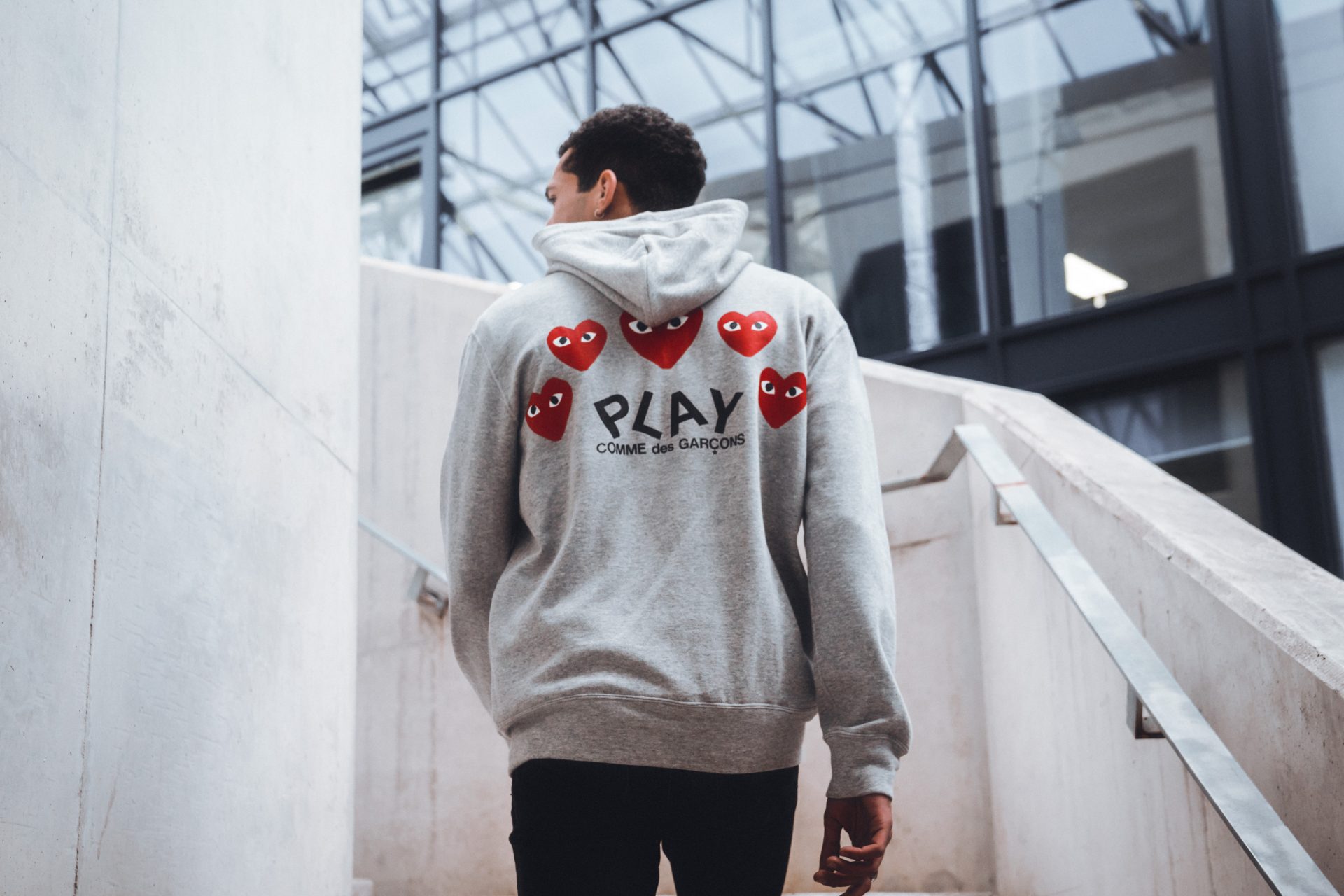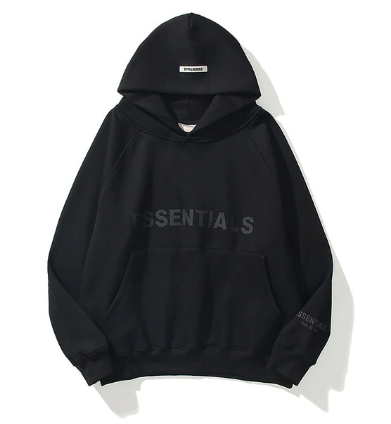Comme Des Garçons, under the creative vision of Rei Kawakubo, has played a transformative role in redefining fashion’s approach to gender. Since the brand’s inception, Kawakubo has used design as a medium to challenge and blur traditional gender boundaries, advocating for a more fluid and inclusive approach to identity in fashion. By defying conventions and emphasizing individual expression, Comme Des Garçons has carved out a unique space that encourages both designers and consumers to question preconceived notions of gender.
Breaking Down Gender Norms in Fashion
From the beginning, Comme Des Garçons has been unafraid to confront gender norms. Rather than adhering to the binary approach of designing “menswear” and “womenswear,” Kawakubo created clothing that defied easy categorization. commedesgarcons.us.com/ Her designs incorporate elements that challenge traditional ideas of masculinity and femininity, with oversized silhouettes, asymmetrical cuts, and unconventional layering that disrupt the expected structure of gendered clothing.
Through these designs, Kawakubo reimagined fashion as a space where gender could be expressed in a multitude of ways. Her approach resonated with those who wanted to break free from restrictive labels, making Comme Des Garçons a pioneer in gender-neutral and androgynous fashion.
Silhouettes and Gender Fluidity
One of the most striking aspects of Comme Des Garçons’ designs is the silhouette. Kawakubo often uses loose, unstructured, and oversized shapes that conceal the body rather than accentuating specific gendered features. This approach to silhouette neutralizes the typical distinctions between “male” and “female” forms, allowing individuals to wear clothing that emphasizes self-expression over gender conformity.
These silhouettes offer a canvas for gender fluidity, inviting the wearer to interpret the clothing in their own way. In this way, Kawakubo’s designs reject societal expectations and empower individuals to explore and redefine their relationship with gender.
The Power of Fabric and Form
Comme Des Garçons is known for experimenting with unconventional materials and textures. Kawakubo utilizes a range of fabrics that challenge traditional associations, combining rugged materials with softer textiles, such as lace and silk, in ways that subvert gender norms. This unique use of fabric and form brings an artistic and conceptual quality to her collections, allowing clothing to transcend gendered expectations.
For instance, a piece might combine rugged denim with delicate lace, creating a contrast that disrupts conventional ideas of “masculine” and “feminine” materials. By merging unexpected textures, Comme Des Garçons encourages people to see fabric and form as expressions of individuality rather than markers of gender.
Androgyny as a Reflection of Individual Identity
Androgyny is a recurring theme in Comme Des Garçons’ work. Kawakubo’s pieces often feature neutral tones, oversized shapes, and asymmetrical designs that appeal to individuals across the gender spectrum. These androgynous elements not only make her designs accessible to a diverse audience but also emphasize the idea that fashion is a form of self-expression rather than a reflection of societal expectations.
Androgyny in Comme Des Garçons’ collections challenges the traditional approach to fashion as a means of conforming to gender norms. Comme Des Garcons Hoodie By encouraging individuals to choose pieces based on personal preference rather than gender labels, Kawakubo’s work empowers people to define their own sense of style.
Empowering Self-Expression
Rei Kawakubo’s designs are often described as thought-provoking and avant-garde, but they are also deeply empowering. Through her rejection of gender norms, Kawakubo offers wearers the freedom to express themselves without constraint. Her work suggests that fashion can be an exploration of personal identity rather than a performance of societal expectations.
This commitment to self-expression has influenced a generation of designers and fashion enthusiasts who are eager to break away from traditional gender categories. Comme Des Garçons’ impact extends far beyond the runway, inspiring individuals to approach fashion as a tool for self-discovery and individuality.
Impact on the Broader Fashion Industry
Comme Des Garçons’ approach to gender through design has left a lasting mark on the fashion industry. Today, more brands and designers are embracing gender-neutral collections, exploring the same fluid and inclusive philosophy that Kawakubo introduced. High fashion and streetwear alike are increasingly challenging the binary model, creating spaces that celebrate diversity and encourage creative freedom.
Rei Kawakubo’s vision has influenced designers across the spectrum, from emerging labels to established luxury brands, each finding inspiration in her fearless approach to dismantling gender boundaries. This shift signifies a broader change within the industry, where gender is no longer seen as a limitation but as an opportunity for innovation and inclusivity.https://technonetwork.co.in/
Conclusion: Redefining Fashion’s Relationship with Gender
Comme Des Garçons has redefined fashion’s relationship with gender, proving that style is a language of its own, one that transcends boundaries and norms. Kawakubo’s commitment to creating gender-fluid, inclusive designs challenges individuals to think beyond traditional labels and explore the transformative power of fashion. Her work inspires designers and wearers alike to embrace authenticity and self-expression, making Comme Des Garçons not just a fashion brand but a beacon of freedom and individuality in a world that often imposes limits.
Through her revolutionary designs, Rei Kawakubo has shown that fashion can be a powerful vehicle for change. Her influence has sparked a movement toward inclusivity, diversity, and self-empowerment, ensuring that Comme Des Garçons’ legacy will continue to inspire future generations to redefine the meaning of gender in fashion.



